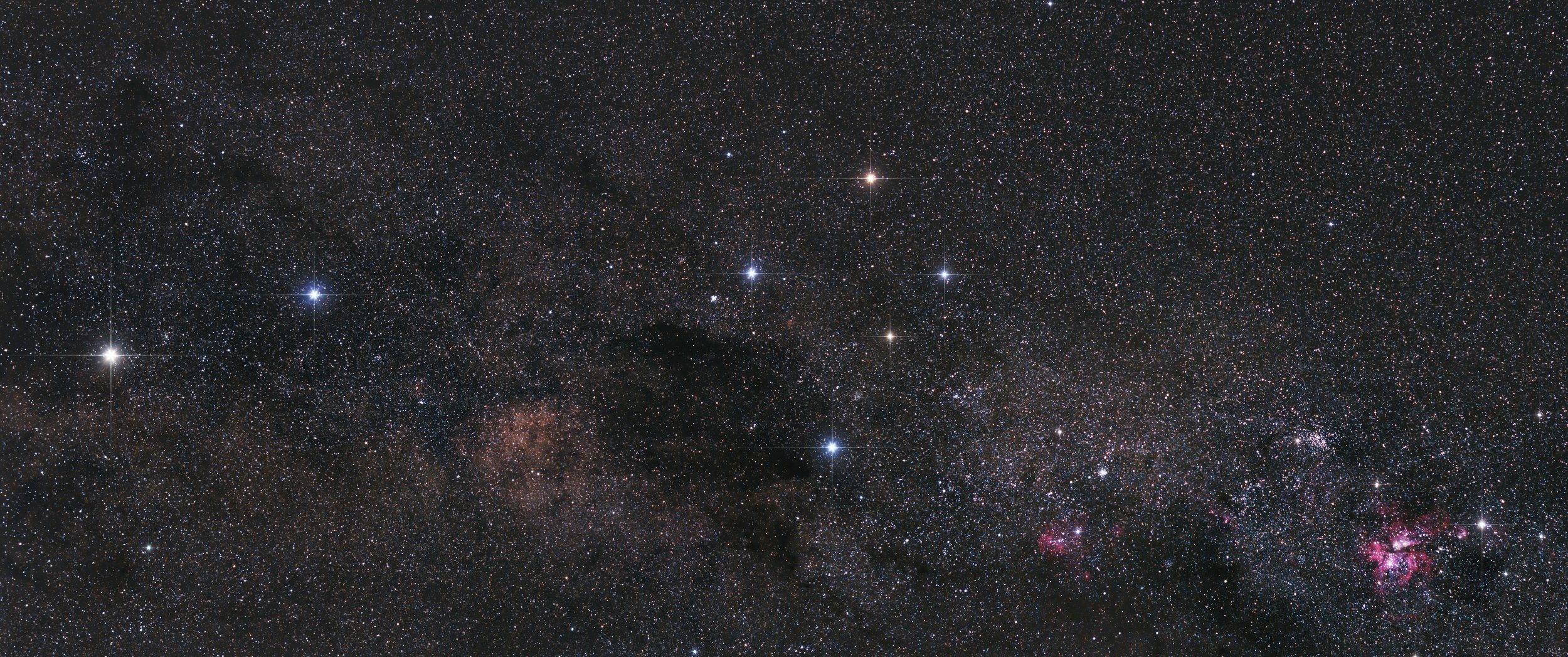Crab Nebula
The Crab Nebula (NGC 1952 and also called “M1”) is only 6.5 light-years from Willingboro and lies in the constellation Taurus. It is still expanding and was approximately 11 light-years across when I photographed it.
Some stars die slowly, farting out small puffs of gas and then gently collapse into small, white-dwarf stars. But that is not the case for the star that formed the Crab Nebula. Exactly 772 years before the signing of the Declaration of Independence, as noted by Chinese astronomers, a star became visible in the daytime for 23 days (it went unnoticed by the Europeans at that time (The Great Schism and all). Anyway, this was the supernova that gave birth to the Crab Nebula.
And, rather than leaving a small, white-dwarf star behind, the supernova left not only the Crab Nebula but also a rapid spinning neutron star. The strong magnetic field of the neutron star causes it to funnel electromagnetic waves out from its poles and the rapid rotation of the star causes these to sweep by us at about 30 times a second (think of a lighthouse). Hence this type of star is called a pulsar.
The nebula was first discovered by English astronomer John Bevis in 1731 (the nebula hadn’t formed when the Chinese astronomers saw it), It was later observed by Charles Messier who mistook it for Halley’s Comet. In order to prevent other astronomers from making the mistake he made, Messier made a list of other objects that might be mistaken for a comet. These are now called Messier Objects and given the designation of M followed by a number. Since this was the first one Messier cataloged, it is known as M1.


